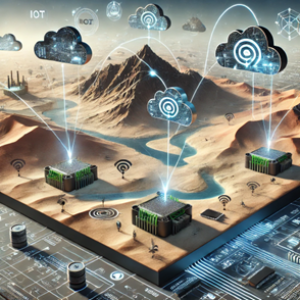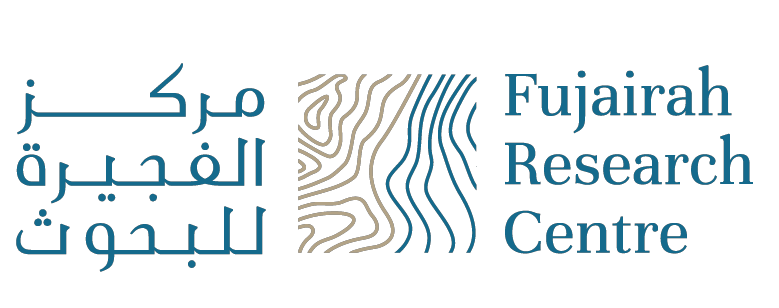
Data is Not Just Gold—It Is the Foundation of Progress
In today’s rapidly evolving technological landscape, data is far more than just a resource—it is the foundation upon which innovation and progress are built. As we advance into the era of the Internet of Things (IoT), the importance of collecting accurate and reliable data cannot be overstated. Whether it’s for environmental monitoring, energy management, or any number of other IoT applications, the quality of the data we gather plays a critical role in the success of any system or project.
Accurate data is key to making informed decisions, optimizing systems, and driving further development. Imagine a scenario where you’re using sensor data to monitor a crucial environmental parameter, such as soil moisture levels in agriculture. If that data is inaccurate or inconsistent, it could lead to inefficient irrigation, potentially causing crop damage or unnecessary resource usage. On the other hand, precise data ensures that decisions made based on that information are reliable and beneficial.
The process of gathering this accurate data begins with choosing the right sensors and ensuring that they are properly calibrated. In an IoT system, these sensors form the foundation for data collection. From temperature and humidity sensors to motion detectors and gas sensors, each device must be carefully selected based on the needs of the application, and their accuracy must be continuously verified to avoid errors that could lead to incorrect conclusions.
Data acquisition is not just about gathering numbers—it's about understanding the story behind them. A temperature reading of 25°C means something different in the context of a tropical environment than it does in a desert. Without the proper context and understanding, data is just noise. This is why the process of collecting data must be coupled with a thorough understanding of the system's environment and the factors that could influence the measurements.
In addition to sensor selection and calibration, another vital aspect of data acquisition is ensuring a robust data transmission network. Whether through Wi-Fi, Bluetooth, Zigbee, or any other communication protocol, the integrity of the transmission process is essential to ensure that the data arrives accurately at the point of analysis. An unstable or inefficient communication system can lead to data loss or corruption, which compromises the entire system’s reliability.
Once accurate data is collected, it serves as the basis for further analysis and decision-making. It drives everything from algorithm development to system optimization. For example, in smart cities, traffic data collected from sensors can inform the development of better traffic flow algorithms or predictive maintenance schedules. In healthcare, accurate data from wearables can be the difference between timely interventions and missed opportunities for treatment.
Ultimately, the key takeaway is that accurate data is not just an asset—it’s the bedrock upon which effective systems are built. From the sensors that capture data to the communication channels that relay it and the algorithms that interpret it, every step must be executed with precision. We can unlock the true potential of IoT and other technological advancements only when we prioritize data accuracy.
